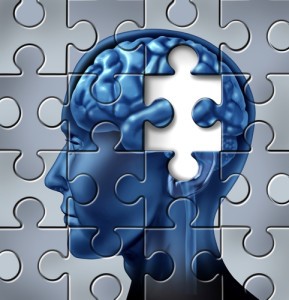Neuromarketing attempts to explain processes such as decision making, forming and recalling memories, or managing attention; it also researches how out brains react to various stimuli. The aim? To help marketers create and deliver value, both for the market and for individual customers. It poses a question, “What will be a value to our audience and how to communicate it best?” That’s why some specialists don’t see it as a new field but rather a new direction in research.
For sure neuromarketing is going to stay, mostly because it casts some light on irrational consumer behavior. Below 15 lessons you can draw from it.
Win Zero Moment of Truth with Marketing Automation.
- One of the dairy producers increased sales several fold by just one simple trick: changing the word “light” to “fit” on the package. The latter connoted the healthy lifestyle and appealed to customers more, what translated into sales.
- 95% of the decision-making process happens in subconsciousness: we don’t know exactly why we chose A, not B. Neuroscience tries to investigate the process at source – it indicated what areas of the brain are activated.
- There are 2 primary methods of learning how our brains react to ads (or to any stimulus): neuroimaging (related do rMRI) and recording the electrical activity of the brain (EEG).
- Neuroimaging was used in the famous Pepsi Challenge. In the first stage if the experiment participants choose a beverage without knowing what soda is in which cup. Under such circumstances, the consumption engaged the reward system. At that point, the results of the test, half of the respondents chose Pepsi, the other one preferred Coca-Cola. In the second phase, users were offered branded cups – then ¾ of them picked Coca-Cola. Interestingly, drinking it activated different area of brain – the prefrontal cortex, responsible for identification (with brands, ideas, etc.)
- Participants of another study were offered a choice between an apple and chocolate. When they were to pick what will they eat next week, 74% preferred apples. But when they were asked what they want to eat right now, 70% took chocolate (Journal of Consumer Research 26)
- According to Nestle research, 60% of sensory sensations comes from the surroundings (the place where we drink our coffee), not the beverage itself. That’s why the same coffee tasted differently in our favorite spot and at home.
- Absolute numbers have a bigger impact than percentages. So when you want to communicate an attractive offer, write “You save $200,” not “You save 20%.”
- Consumers wish to avoid post-purchase remorse at any cost, but it happens really often. We realize that the item isn’t so attractive when we actually own it. It’s marketer’s job to prevent that. Remember that shopping experience doesn’t end when the customer pays!
- The bigger the cart, the more we buy. Have you ever wondered why shopping trolleys are so big? Because when we put products in them, we feel so much space to fill in that we can’t resist but add more and more products. Consumers buy 37% more products when they shop with big trolleys.
- Happy people solve complex problems more efficiently.
- 18% of customers who wrote a negative review and got an immediate feedback came back, became loyal customers and even started to buy more. That’s because of personal connection that occurred.
- Warnings on cigarettes packages don’t scare smokers off. On the contrary! As fMRI images show smokers feel a crave for a puff when they see them. Before we rationally read and analyze the text, the brain associates the warnings with the pleasure of smoking.
- Our brain weighs 3% of the body mass but consumes up to 40% of energy.
- There is an enormous gap between our actual and declared motivation As much as 85% of new enterprises fail because they are based on surveys and focus groups in which participants give wishful or unrealistic answers – according to how they would like to perceive themselves, not how they operate in reality. That’s why to take users’ declarations with a pinch of salt.
Sources
Martin Lindstorm, Buyology
Jonah Lehrer, How We Decide
Roger Dooley, Brainfluence
Neuromarketing, ed. H. Mruk, M. Sznajder

 Follow
Follow
















